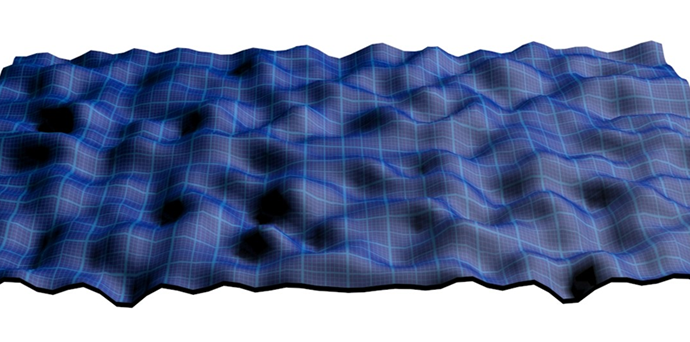A rising tide – addressing the demand for waterproof smartphones
A Redux poll of 1,000 UK consumers shows that one of the most sought-after features by young people is waterproofing. The poll showed that 64% of 18–24 year olds claim waterproofing would be useful. In fact, demand for waterproofed devices rose consistently and linearly the younger the respondent. Redux CEO John Kavanagh explains.
The reason for the call for waterproofing is quite simple - 58% of 18-24s have damaged their device by dropping it in water or by spilling liquid on it, (compared with just nine percent of the over 55s). These findings chime with that of TSB Insurance, which recently revealed that customers make more claims due to water damage than any other type of problem. Water damage accounts for 23% of mobile phone and seven percent of laptop claims, according to the company. So given the price of many of today’s smartphones, it’s no surprise that 18¬–24-year-olds want devices that are more robust.
Some solutions are available to help improve waterproofing levels. Aftermarket sprays like Nanostate’s Flash Flood provides a durable coating to (supposedly) protect your device from moisture by forming a powerful barrier over the entire device - making it liquid and moisture resistant.
In fact, some companies are exploring ways to go one step further, by making nano-coatings part of the internals of a device during the manufacturing process. So instead of the casing of the device being waterproofed, the individual components within the device would theoretically be water tolerant. However, the cost of this approach has so far proved to be a barrier to mass uptake by manufacturers.
The most popular approach at the moment is to improve the protection where gaps naturally occur in a device. The Samsung Galaxy S7 and Sony Experia X both use this approach. With an IP68 certification, both smartphones claim to be able to survive below 1.5m of water for up to 30 minutes by using specialist approved seals, rubber gaskets and vents (which involves an additional manufacturing cost). Samsung and Sony strategically place seals around weak points of the phones, mainly the power button, SIM card tray and headphone jack. Glue and tape hold the seals in place, and the speaker grille is protected by the surface tension of a mesh screen that denies water entry but allows air for the speaker to work.
However, the problem with using seals, glue and tape is that these only protect the phone against immersion in fresh and cool water. In fact, other reports suggest the Samsung Galaxy S7 isn’t waterproof altogether, failing basic testing in fresh and cool water.

There are many reasons as to why current waterproofing methods fall short of expectations. The first is that the corrosive elements in non-freshwater liquids can dry out and erode the seals and tape, rendering them less effective. Hot water can soften the rubber gaskets. Therefore, current waterproofing methods are really only useful for protecting against one-off accidents rather than enabling devices to be used in regular contact with water. Also, few consumers will be willing to ‘risk’ their device by cleaning out the rubber seals should they expose it to one of these liquids by accident, which would leave corrosive residue behind.
Vents and rubber gaskets always run the risk of letting in ingress. No matter how durable manufacturers make them, time will eventually wear them away. However, what about bypassing the need for vents and rubber gaskets altogether?
There are well known methods for the elimination of certain vents and accompanying seals. Microphones can be waterproofed. Headphones and power ports can both be removed by opting for a wireless alternative. However, that still leaves the speaker grille as a major point of potential ingress.
One solution is available through the adoption of bending waves technology. This technology creates audio via dispersed modal waveforms generated in a flat panel on the device (usually the screen), which means that manufacturers can eliminate audio grilles entirely - coming one step closer to completely sealed, ingress-proofed designs. The benefits don’t end there. The quality of sound that can be achieved with panel audio is better, with greater loudness, stereo separation, naturalistic sound with good frequency range and low distortion. What’s more, the same technology can be used to create high fidelity haptic effects in the screen, further differentiating the product.
The numbers are already clear and the trend towards waterproofed devices is only likely to accelerate. Now there is a way to provide this sought after robustness while also boosting audio quality and providing an option for haptics effects too.


